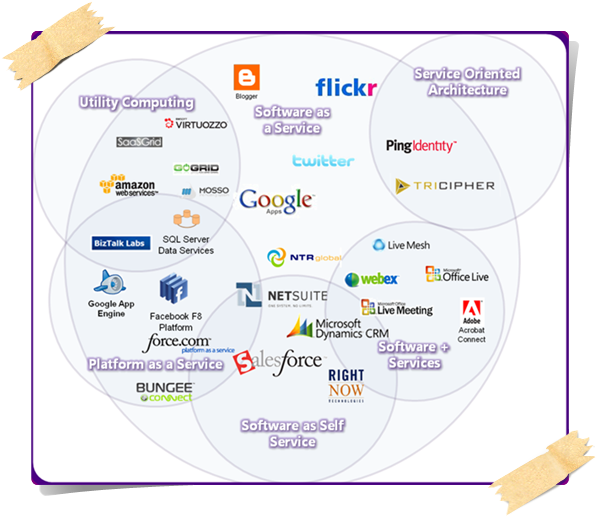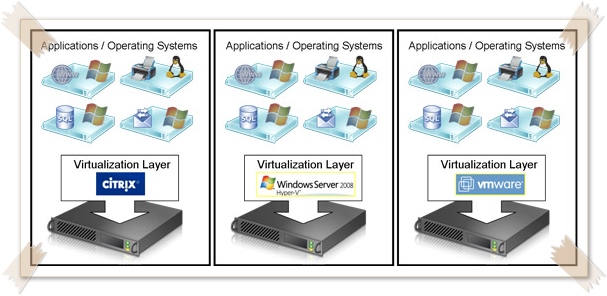Different between Cloud Computing and Virtualization
- Hamizi Jamaluddin
- Jul 10, 2019
- 2 min read
Updated: Aug 8, 2019
As we already know, Cloud Computing is a model for providing or purchasing computing services.
In general knowledge, cloud computing is a service that you can dynamically expand or contract computation or storage capabilities on an as-needed basis. It is been being used by those organizations who want to minimize costs, and want to have access to programs and applications, which are not physically installed in the companies Servers.
On the other hand, Virtualization is a type of technology used to help those companies and users who want to utilize their computers, applications, storage devices, and servers more efficiently.
Basically, Virtualization is a technology that enables you to run multiple OS concurrently on a single physical host, where each of the OS runs as a self-contained computer. (For example, you can install Windows 7 in Windows 8 Enterprise Hyper-V Manager)
Virtualization is the creation of a virtual (rather than actual) version of something, such as an OS, a server, a storage device, or network resources.
The goal of virtualization is usually a more effective use of resources. It simplifies provisioning, while adding flexibility at the same time.
Cloud computing and virtualization are two different technologies that are often (incorrectly), used interchangeably.
They are similar in that both help deliver optimized resources, on-demand utilization, flexibility and scalability, at low costs. However, there are several key differences.
Virtualization is a technology, whereas cloud computing is more of a business model that leverages a variety of technology in innovative ways.
In fact, virtualization is one of the technologies that could be used to implement cloud computing.
It has been around longer than cloud computing and began its early days within the boundaries of an organization's firewall, although it has since been utilized in hosted environments.
In essence, virtualization is an enabler for cloud computing technology.
Cloud computing and virtualization are two different technologies that are many times misinterpreted and interchanged.
Cloud computing specifies a new supplement, consumption, and delivery model for IT services depending on Internet protocols and can be utilized better if desktop virtualization is done first, as most of cloud computing requires multiple virtual servers and storage devices.
But understand that virtualization is also very important because it enables customers to run multiple OS concurrently on a single physical server, where each of the operating systems runs as a self-contained computer.
Virtualization has physical access to the virtual servers. On the other hand, cloud computing makes use of those resources that do not have physical access to it.
![OSI SOLUTIONS FINAL JPEG-01[3].jpg](https://static.wixstatic.com/media/93bf49_ff276ec9c565489187349dc0b3af8ef9~mv2.jpg/v1/fill/w_150,h_182,al_c,q_80,usm_0.66_1.00_0.01,enc_avif,quality_auto/OSI%20SOLUTIONS%20FINAL%20JPEG-01%5B3%5D.jpg)










Comments